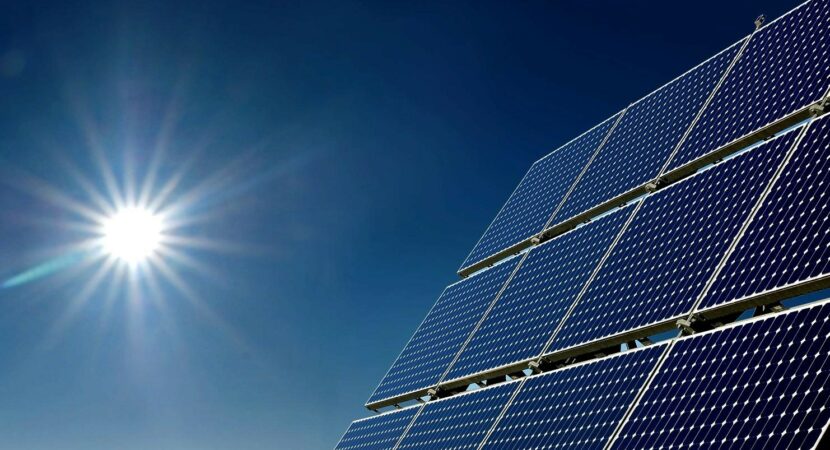
According to data, there are solar energy financing lines that start with 0,89% per month and 12-year terms to settle the payment
By October 2021, Brazil reached the mark of 800 installed solar energy units. In addition, this year alone, 450 new photovoltaic panels were installed to generate clean and sustainable energy in the country. With the increase in demand, there was also greater interest in opportunities to finance obtaining this renewable energy, which is here to stay on the market.
According to Greener, a São Paulo company that researches the photovoltaic market, what has fostered solar energy in Brazil is financing. Of the most recent investments in photovoltaic installations, 54% were through lines of credit with capital institutions.
Also check:
- Offshore wind farms: Bureau Veritas competes for the market in Brazil
- For R$ 130 million, Movida buys Marbor Frotas
- Aiming at leadership in the national SAP market, MSG Global Solutions will accelerate hiring for job openings in the country
- Nube offers 8.022 internship vacancies for middle, higher and technical level candidates, in day and night shifts. Scholarships range from $1.000 to $2.000
Greener also informed that 74% of credit line contractors are micro and small consumers of solar energy. “But we need to evolve”, says Márcio Takata, executive director of the research company. “The lines need to be more familiar with reality so that more people, of all economic conditions, have access to the system”.
Due to the recurring high energy tariffs charged by concessionaires, businessmen in the sector guarantee that the fee paid for financing to install solar energy is worth it.
The water crisis that devastated hydroelectric plants in 2021 caused the price of electricity to accumulate an increase of 24,97%, according to the latest IPCA-15 (Extended Consumer Price Index), from the IBGE.
For Tiago Sarneski, from Entec Solar, a company that develops technology for the generation of solar energy, financing lasts, on average, five years. “After that period, the consumer no longer has the readjustments of the electricity bill or the financing interest”, he informs.
Banks that finance solar energy
Santander
Santander bank reported, in a report, that the search to exchange conventional energy from concessionaires for financing for the installation of solar energy has grown 4x among individuals this year.
The institution has up to 96 installments, rates starting at 0,89% per month and grace period of 120 days for payment of the first installment. In addition, it states that, due to the grace period, the installments only begin to be paid after a reduction in the energy bill, since the interval is necessary for the approval of the project by the concessionaires.
Bank of Brazil
With up to 100% of the acquisition and installation financed, installments can reach 60 months and the contractor has up to 180 days to pay the first installment. “The contracted amount varies between R$5 and R$100,” says Banco do Brasil. “Hiring is 100% digital and can be done in the bank's app. The acquisition of materials and the assembly of the project must take place with suppliers that have an agreement with BB — there are already more than three thousand contracted partners”.
There is also the option of a consortium, without IOF and without a membership fee, which reached a high of 50,97% membership in the first half of 2021, compared to the same period in 2020. Regarding the values, BB explained that “The percentages of reserve fund and management fee practiced by the consortium, considering groups in formation, are from 0,025% and 0,1% per month, respectively”.
CEF
Caixa Econômica Federal's financing line for the installation of solar energy has rates starting at 1,17%, with a payment period of 60 months and a 6-month grace period for the first installment. There are two types of credit: without guarantees or with the guarantee of fixed-income financial investments.
Bill 5829/19, which establishes the legal framework for distributed microgeneration and minigeneration, is considered by specialists to be the main influence for the growth of the solar energy sector. It is estimated that this milestone will generate, by 2050, R$ 173 billion with the reduction of costs to consumers.













Elbow pain
I want more information
As the company I work for provides…
Nobel Prize Otto Nobel Prize!
And the battlefield, all that matters is victory...
"Friendly nation" I don't believe you can…
The potential of this research and…
There is already a language translation app…